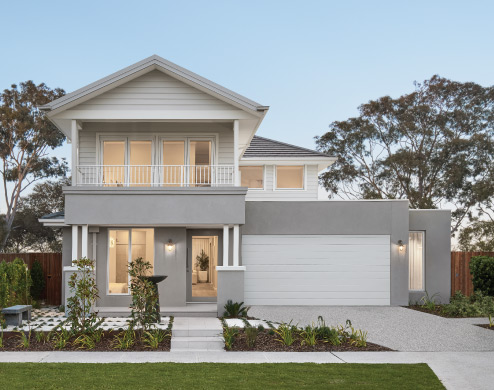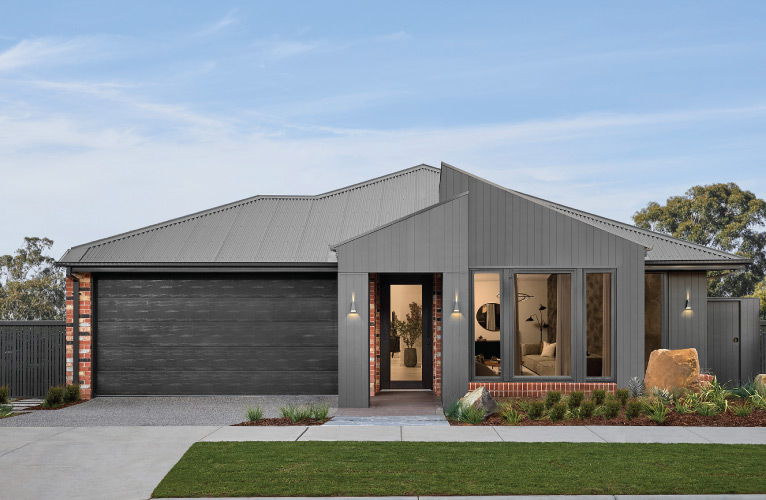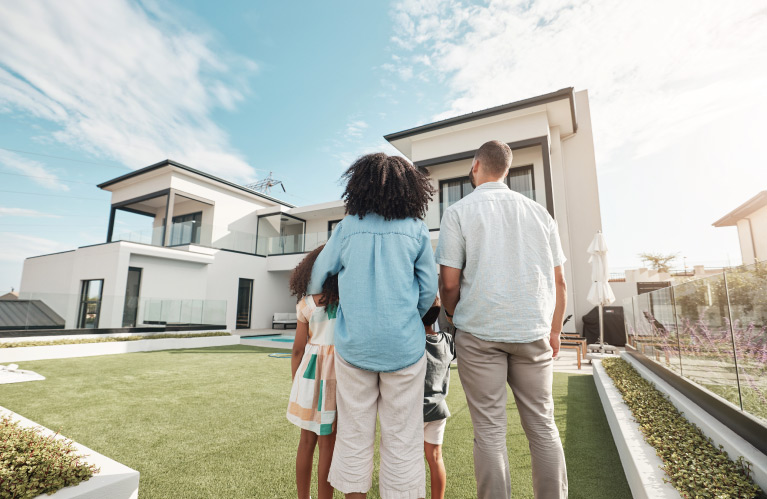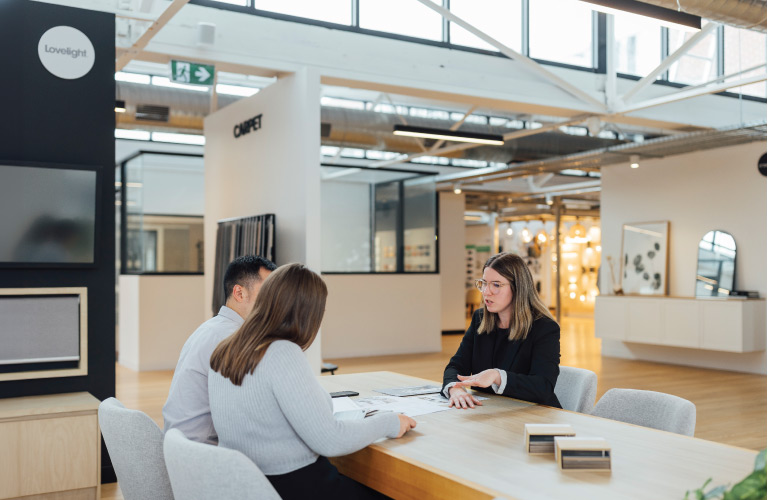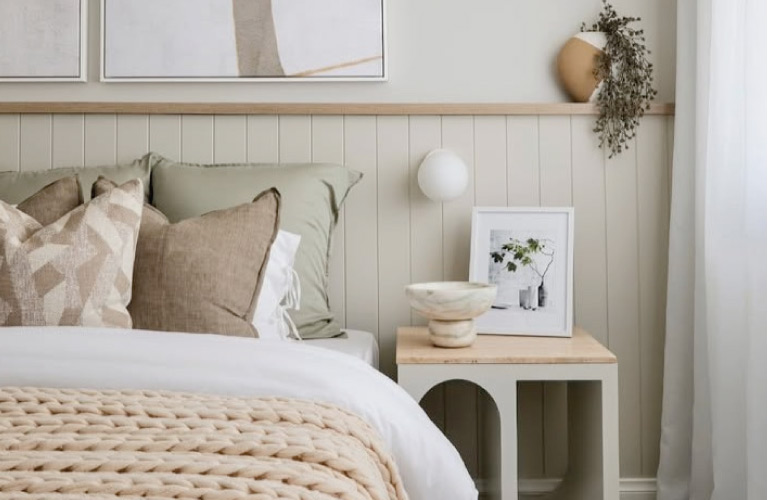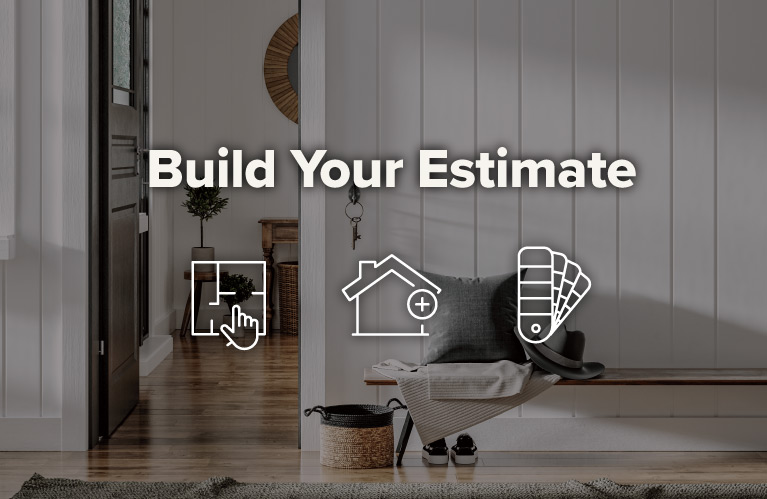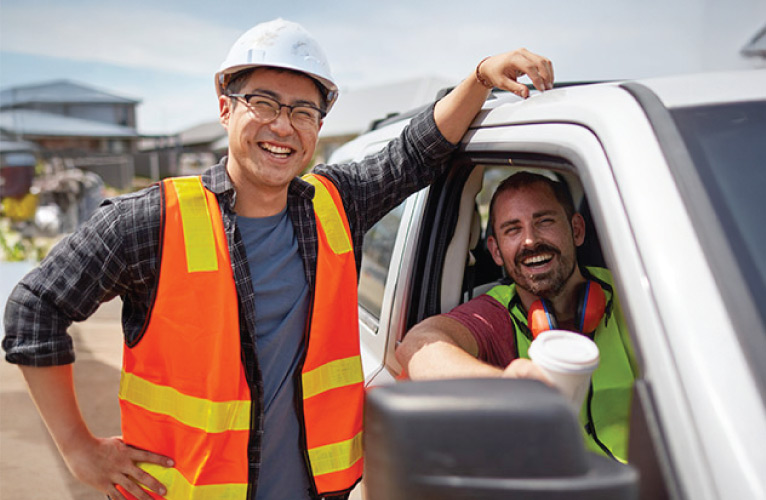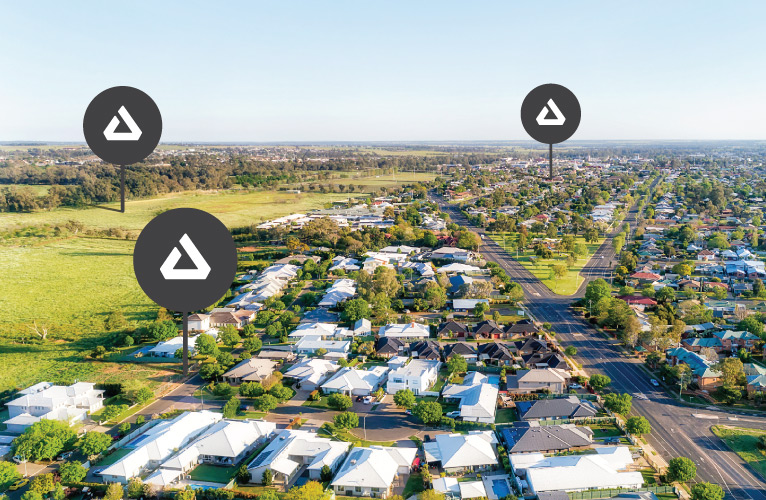CATEGORIES
- ALL
- VIC
- QLD
- SA
- NSW
All Categories
Home Design Inspiration
Home Finance Tips
Home Building Tips
Knockdown and Rebuild
Latest News and Burbank Updates
Property Insights and Investments
Home Building Master Class
All Categories
Home Design Inspiration
Home Finance Tips
Home Building Tips
Knockdown and Rebuild
Latest News and Burbank Updates
Property Insights and Investments
Home Building Master Class
Ways to create a more sustainable house design
More and more Australians are turning to energy efficient, sustainable home designs when it comes to building a new home, amid a growing sense of environmental consciousness.
From clever design to energy efficient systems, solar power, natural ventilation and using renewable building materials to minimise a property’s carbon footprint, Burbank is a leader when it comes to creating sustainable homes.
Burbank Chief Executive Officer, Property Tom Trevaskis said “Never before has environmental responsibility been such a priority.”
“We have seen a noticeable increase in the number of prospective homebuyers who rate reducing their carbon footprint and creating a more sustainable property among their most important considerations when it comes to building a new home.”
Here are some features to consider if you’re looking for a more sustainable home long-term, noting that many of these suggestions are standard inclusions in Burbank builds.
Solar and other sustainable upgrades
Investing in energy efficient upgrades to your new home, such as Burbank’s Chromogen solar power systems, means you can potentially save thousands on your energy bills and support a sustainable future. Opting for a 6kw solar system on your new home can save you up to $2,050 per year on your energy bills!
The Burbank team is available to walk you through all of the sustainable upgrades we can integrate into our homes.
Natural ventilation
Natural ventilation is a key opportunity to reduce your reliance on air-conditioning and minimise your power bills at the same time.
Strategically positioning your windows and opting for window designs that either direct or deflect airflow (to force warm air out and bring cooler air in) can boost cross ventilation.
We know that warm air rises, so it helps to encourage convective air movement where the warm air can escape through high-level windows or inlet and outlet vents.
You can also improve natural ventilation with ceiling fans that help airflow even when the windows aren’t open.
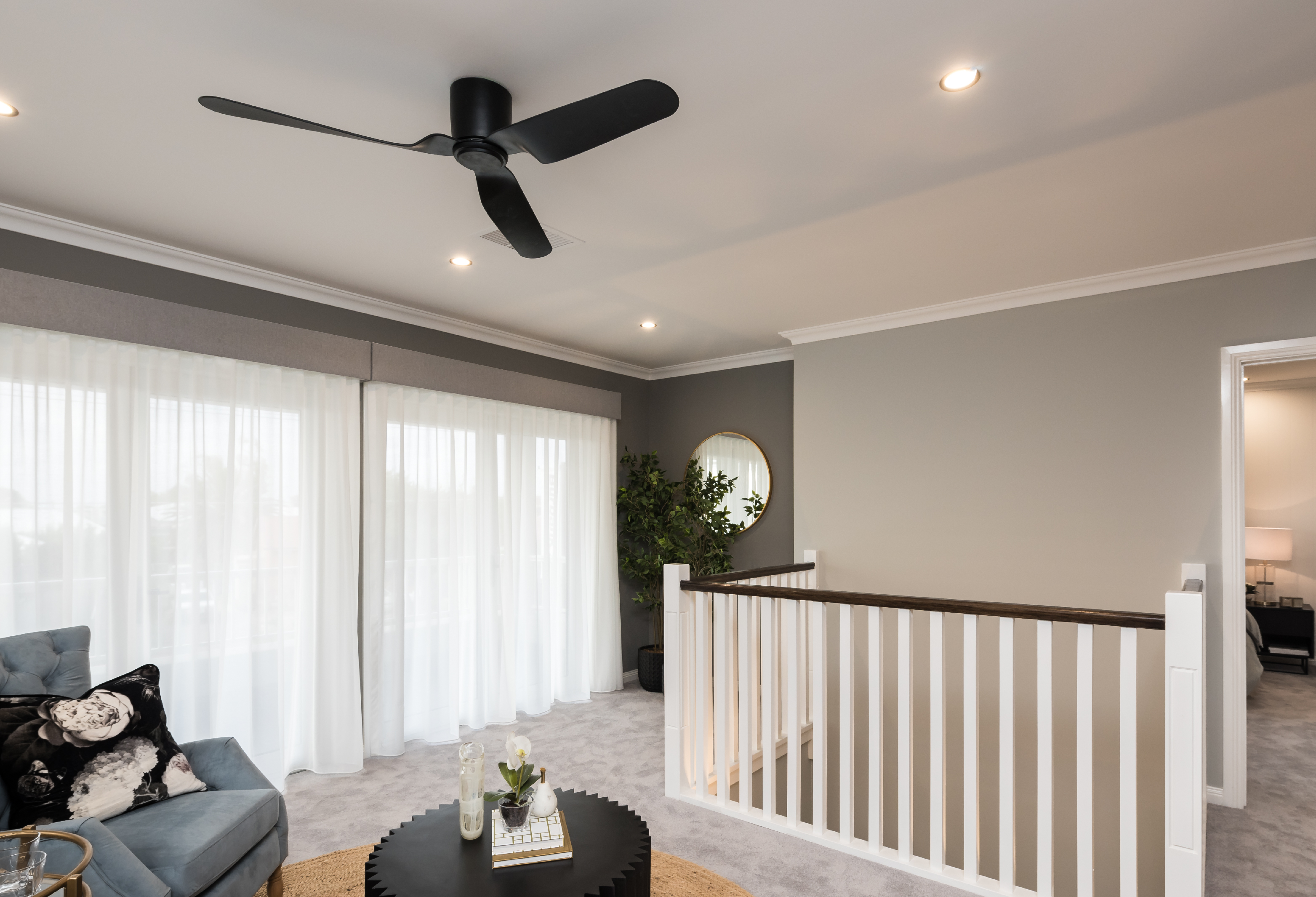.jpg)
Timber framing
Reducing our carbon footprint is front and centre in many aspects of our lives, not the least when it comes to building a new home.
Sustainable alternatives to traditional building materials are now being sought out by prospective homebuyers, including the use of timber framing rather than steel.
Timber framing is a natural, renewable and more environmentally friendly option over steel, which is generally energy-intensive to produce and transport.
Timber is also a natural insulator and provides a slower rate of heat transfer than steel, so it will help with energy efficiency and keeping your utility bills down.
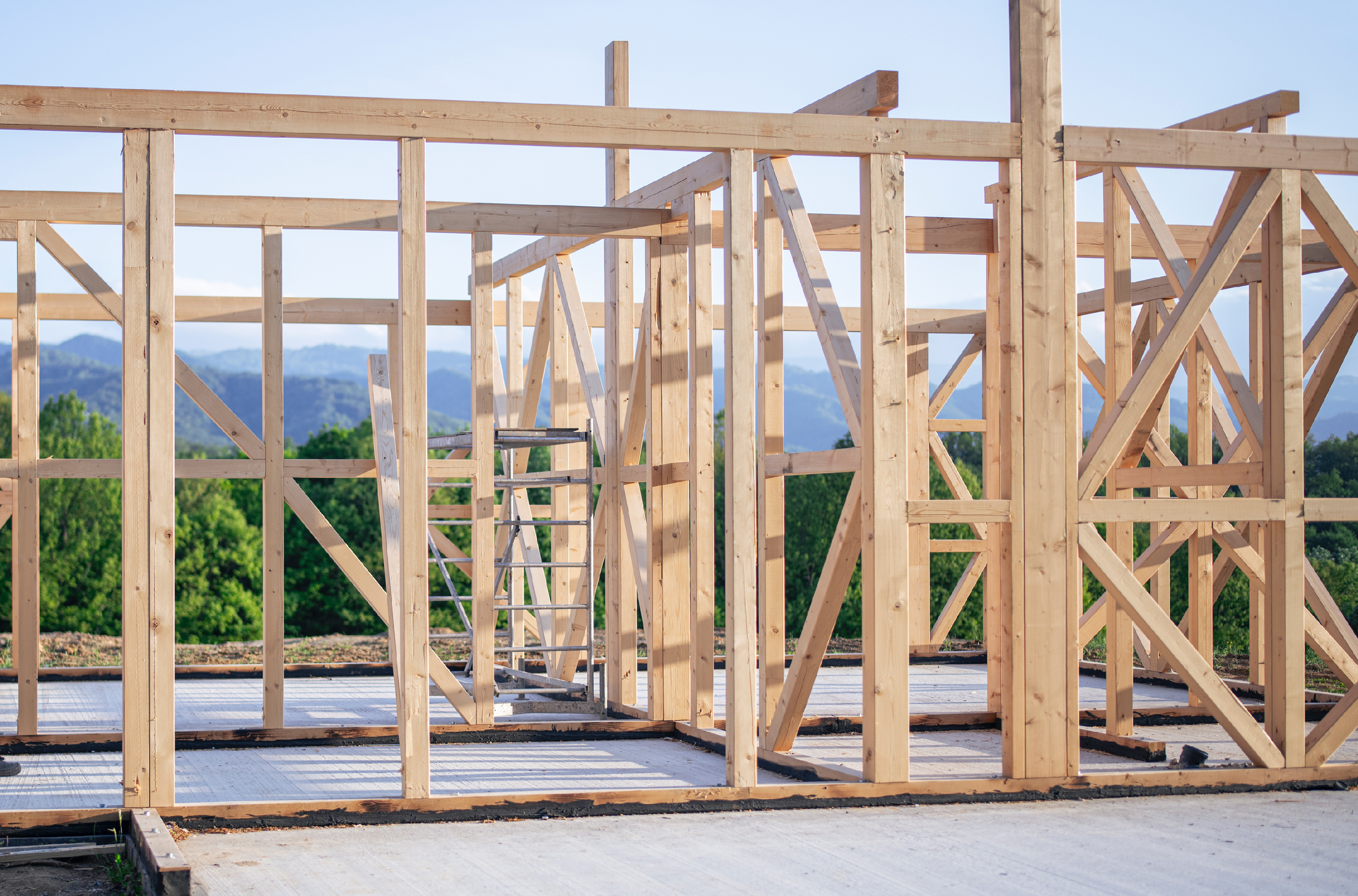.jpg)
Energy efficient hot water systems
There are a number of energy efficiencies you can investigate for your new home, and high efficiency water heaters are among the most effective, using 10-50 per cent less energy than standard models.
The energy and financial savings on utility bills will depend on a variety of factors including how many people reside at the property, the location of the water heater, and the size and placement of water pipes.
Solar hot water systems, which use green solar power to heat the water and switches to a gas or electric booster when there isn’t enough sunshine, are also a good option. They can be more expensive initially, but are cost-effective to run.
Tankless water heaters are another energy-efficient choice because they only heat water on demand, which means they don’t use energy keeping heated water in a tank. They are also a good space saver.
Minimum 6 star NatHERS rating
NatHERS is the Nationwide House Energy Rating Scheme and uses a 10 star rating system to assess the thermal performance of homes.
The NatHERS rating reflects a home’s ability to maintain a comfortable indoor temperature without relying too much on air conditioners or heaters. Not only does this help to reduce energy use and greenhouse gas emissions – it can mean savings on utility bills.
All Burbank homes have an energy rating of 6 stars, but with additional energy efficient inclusions it is possible that your home may be even more sustainable.
.png)
All of our home designs have been designed with sustainable principles. Not only are sustainable and green house designs good for the planet, but they are also going to save you money on your future energy bills. If you are looking for sustainable house designs, talk to one of our new home consultants who will walk you through what you need to consider.
After more information?
For more information on Sustainable house designs/ Green house designs our ways to create a more sustainable house design head to the links below. .
Enquire for support in VIC, NSW or ACT, QLD or SA.



